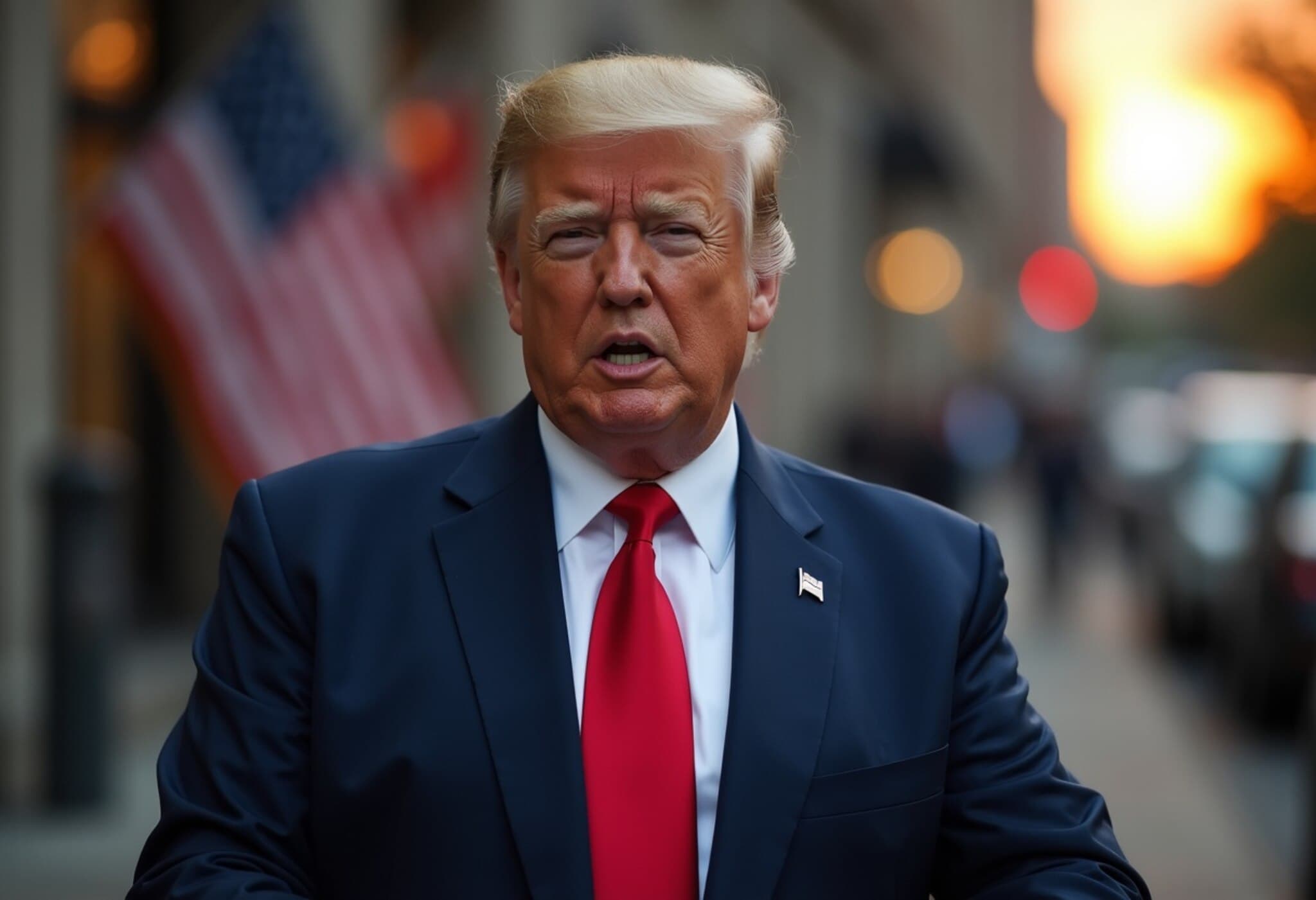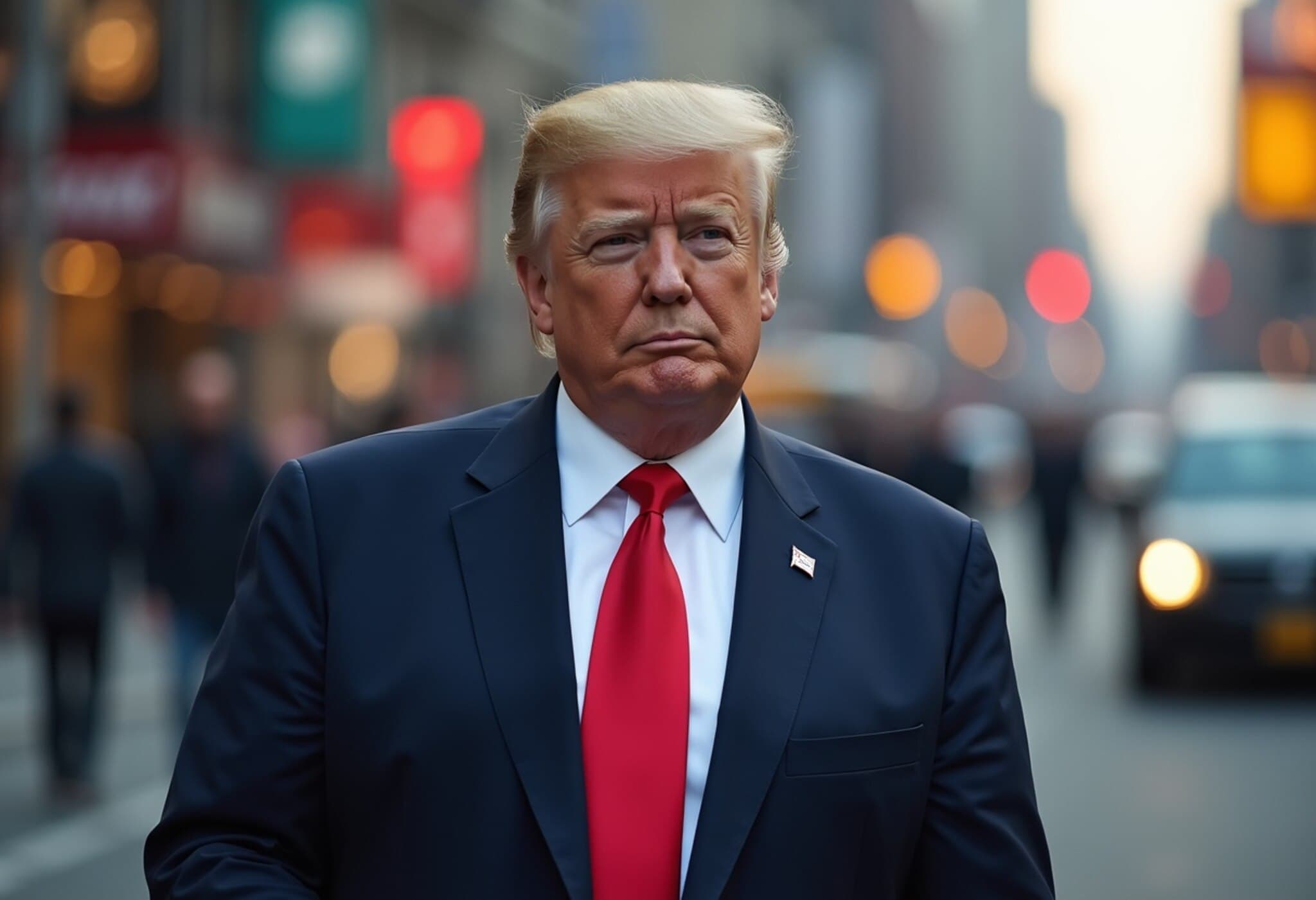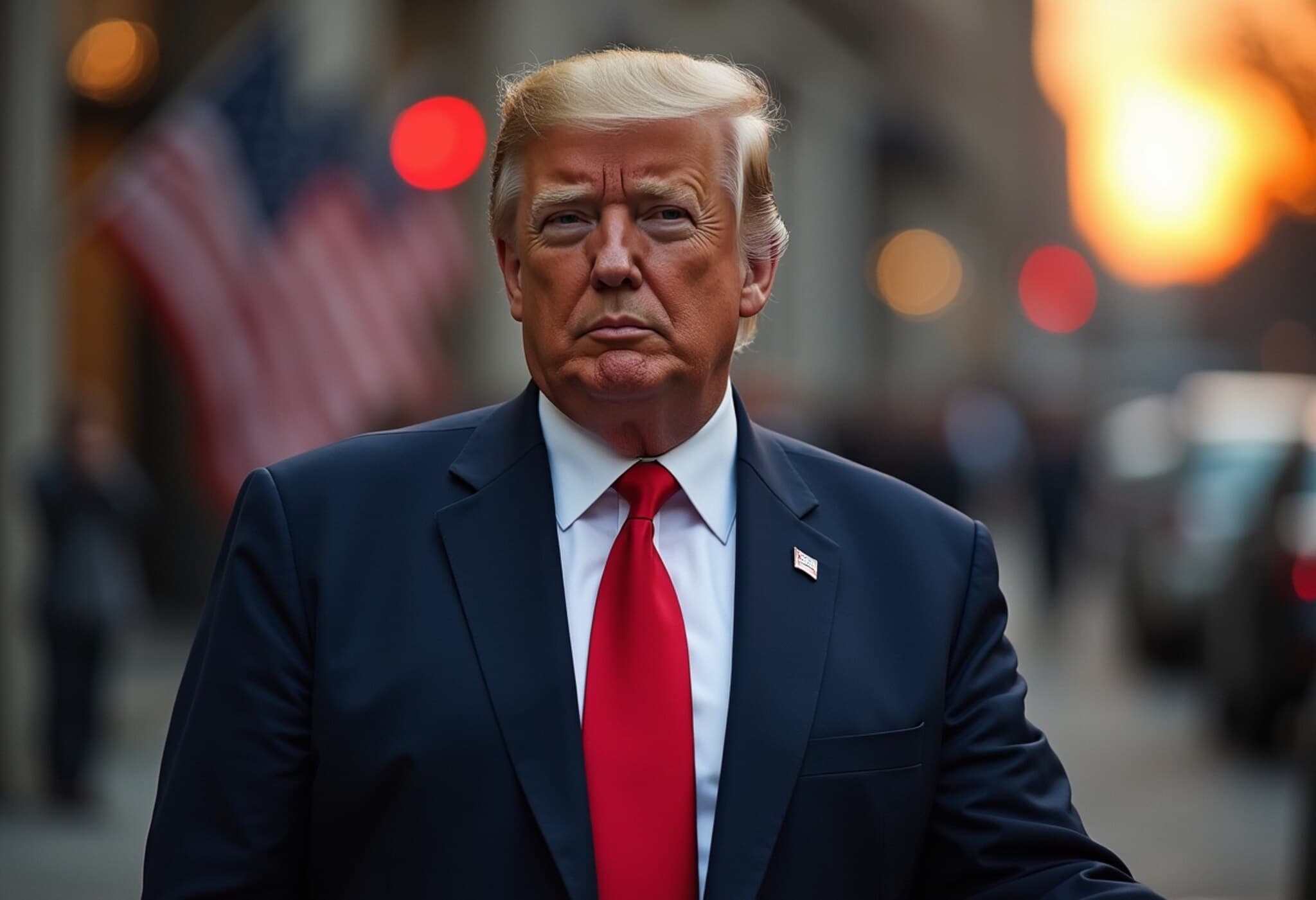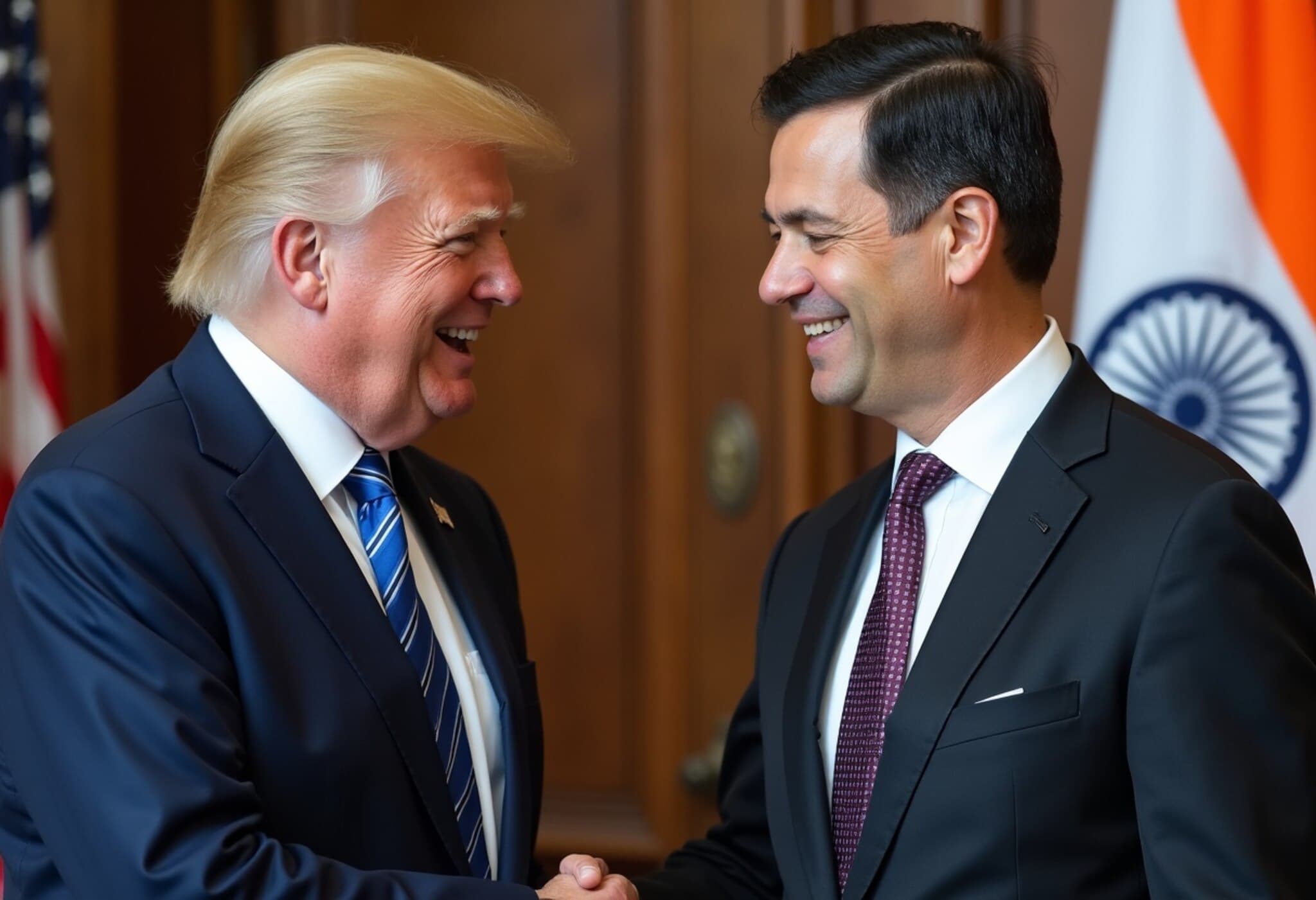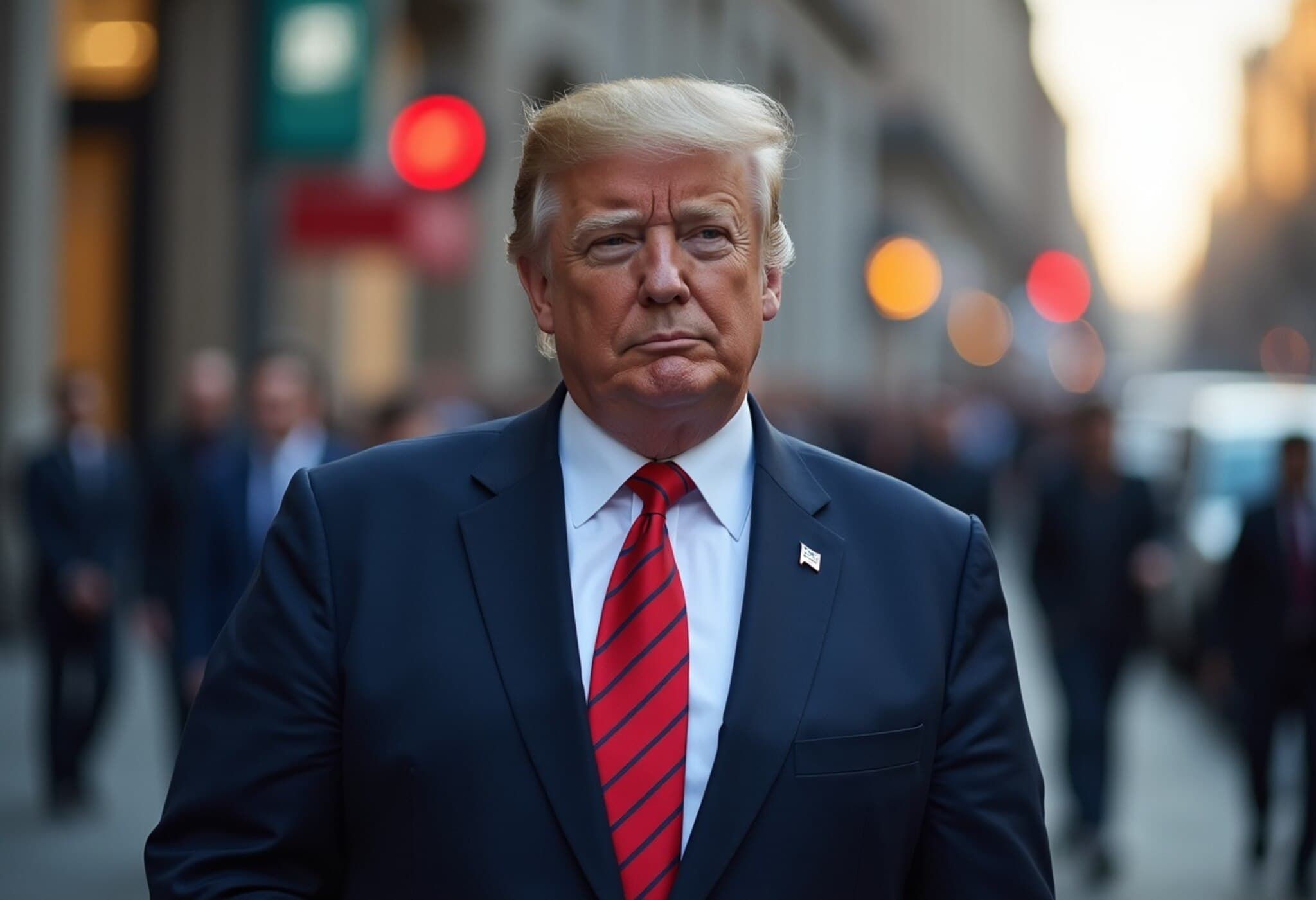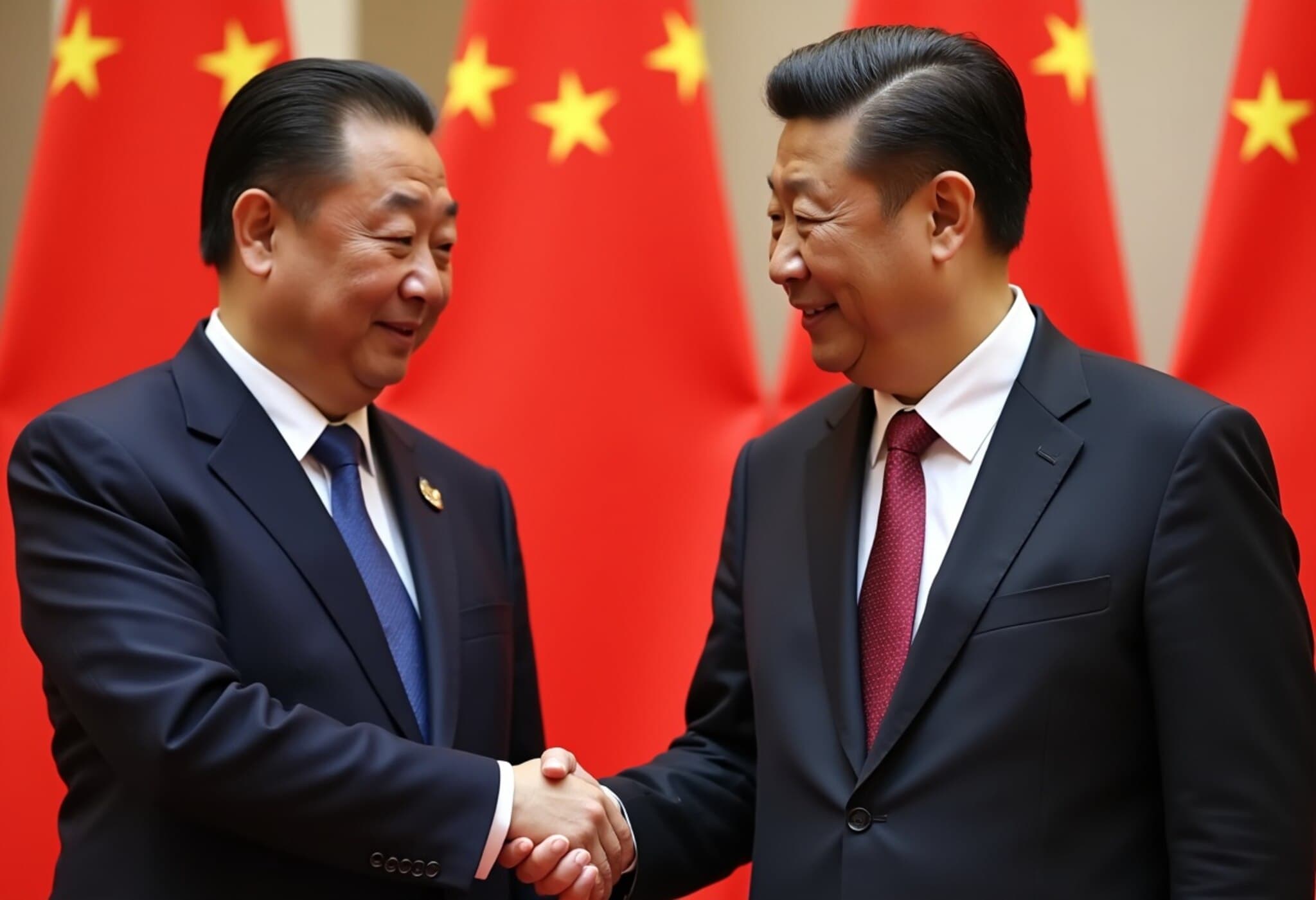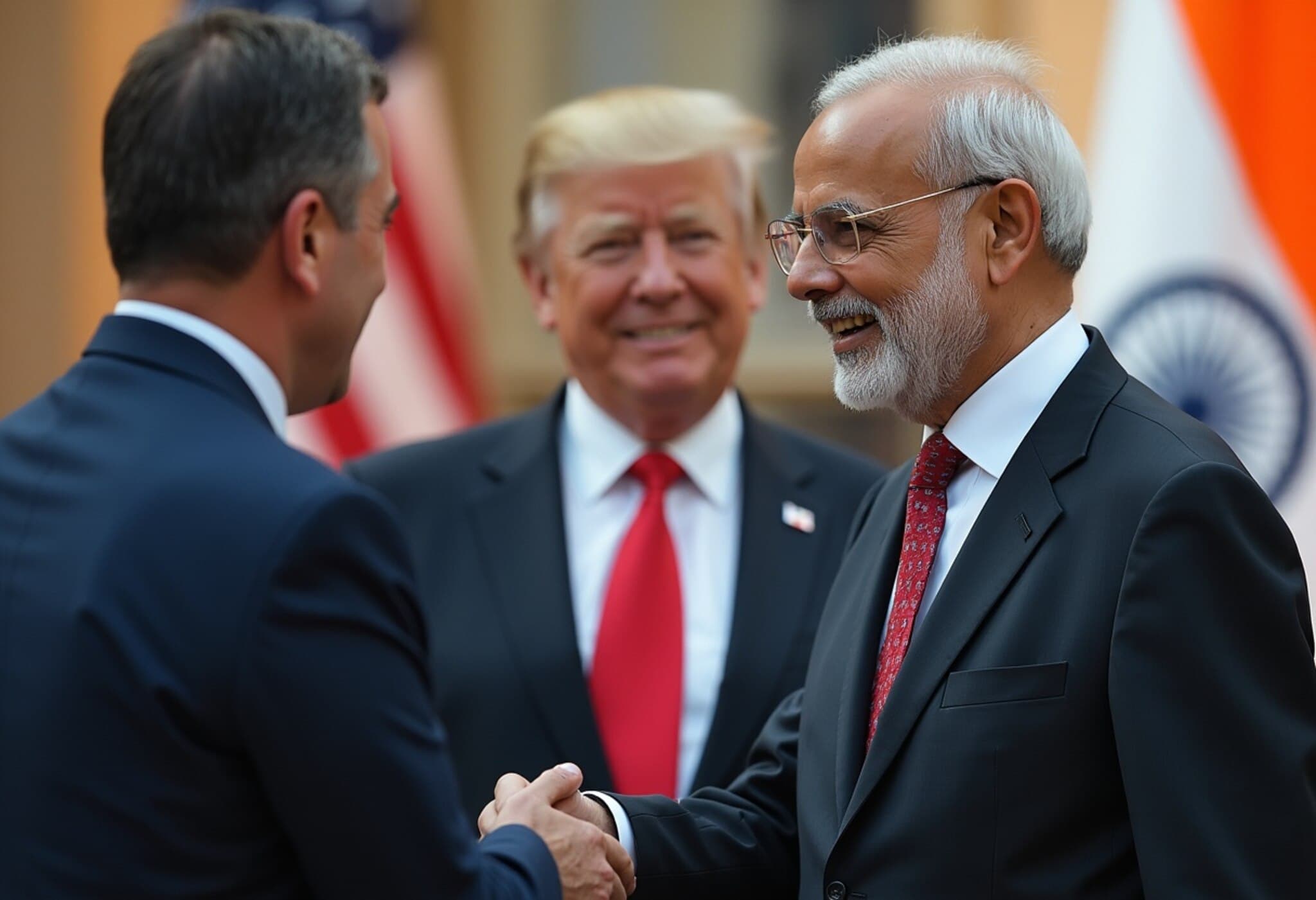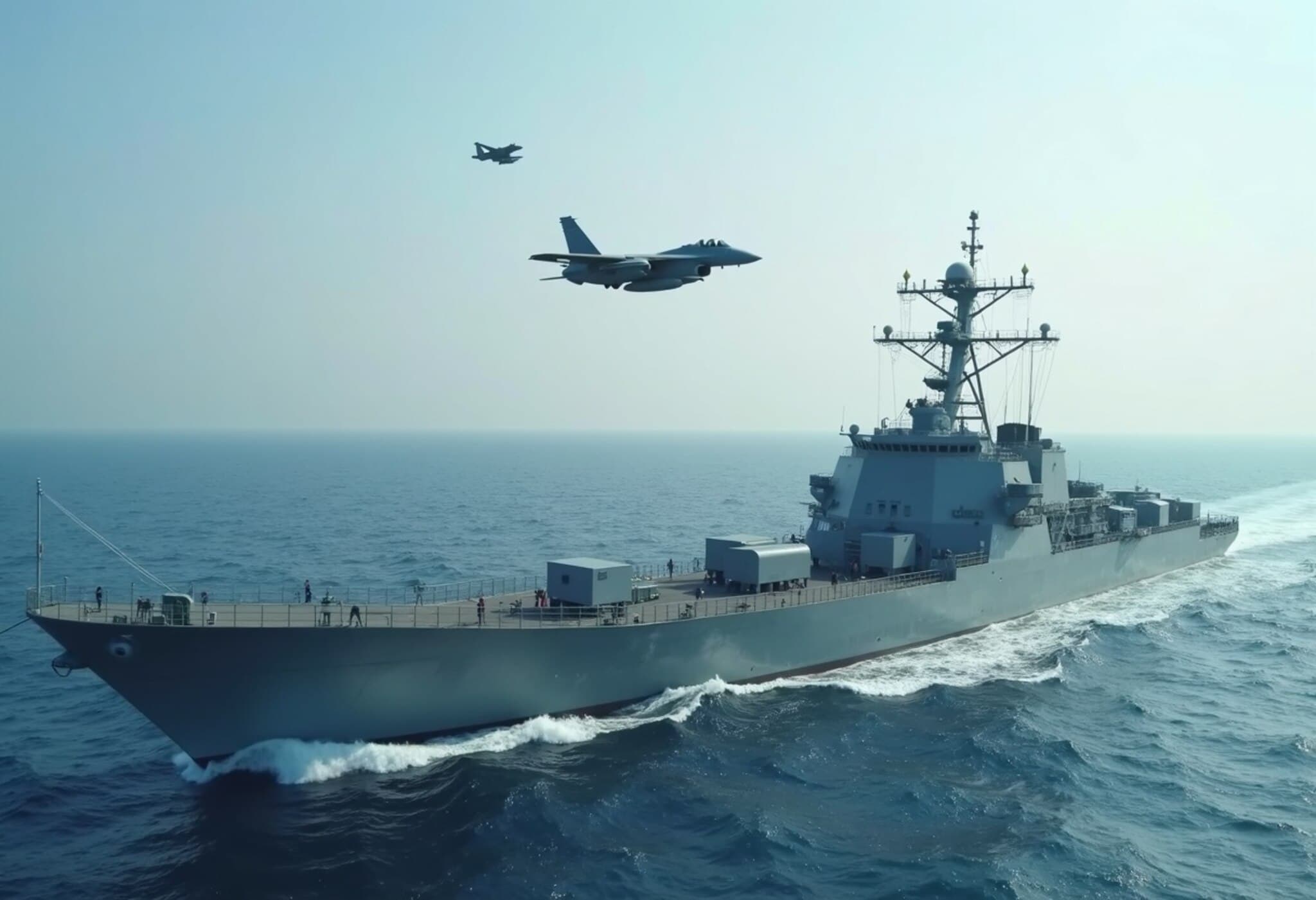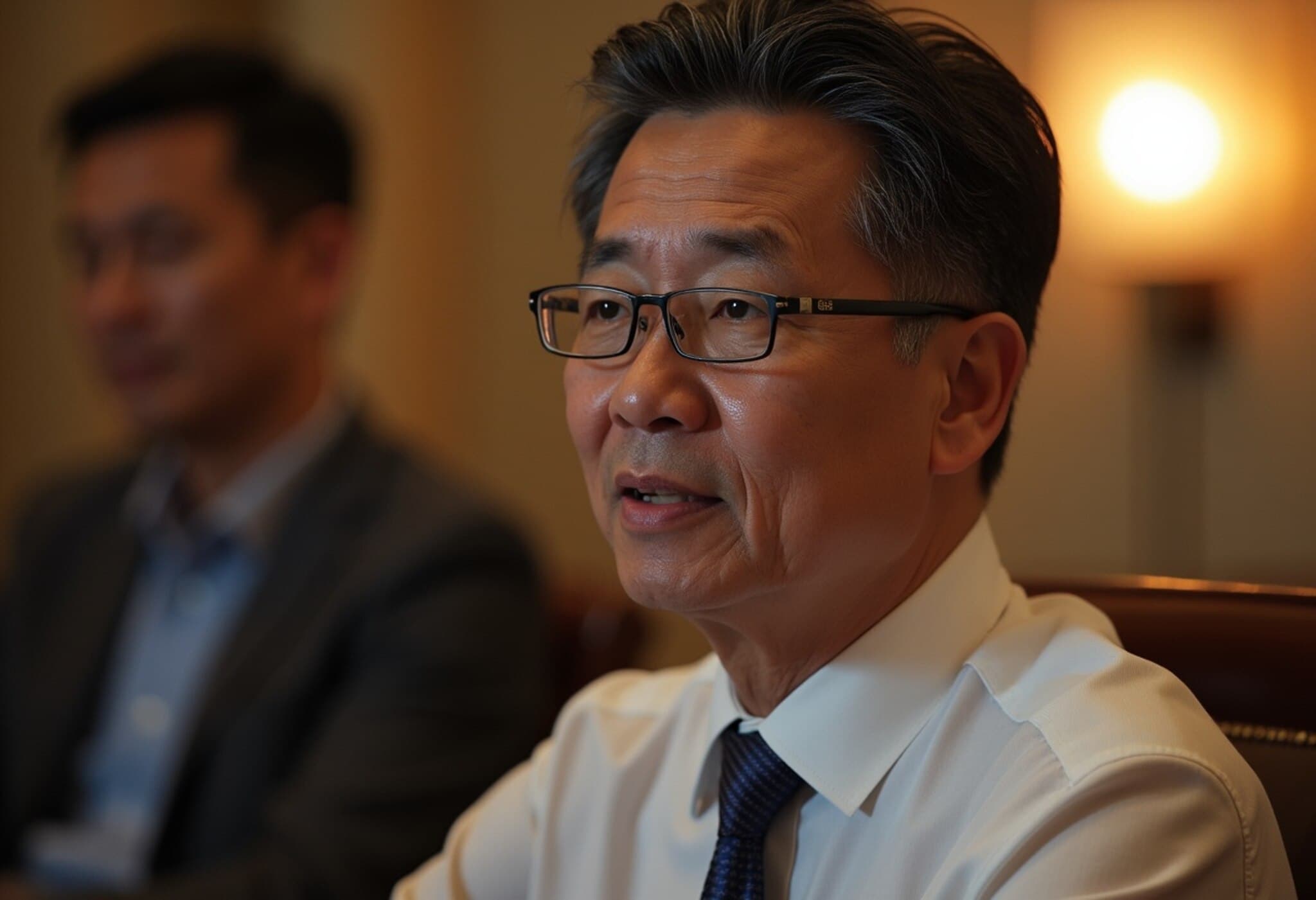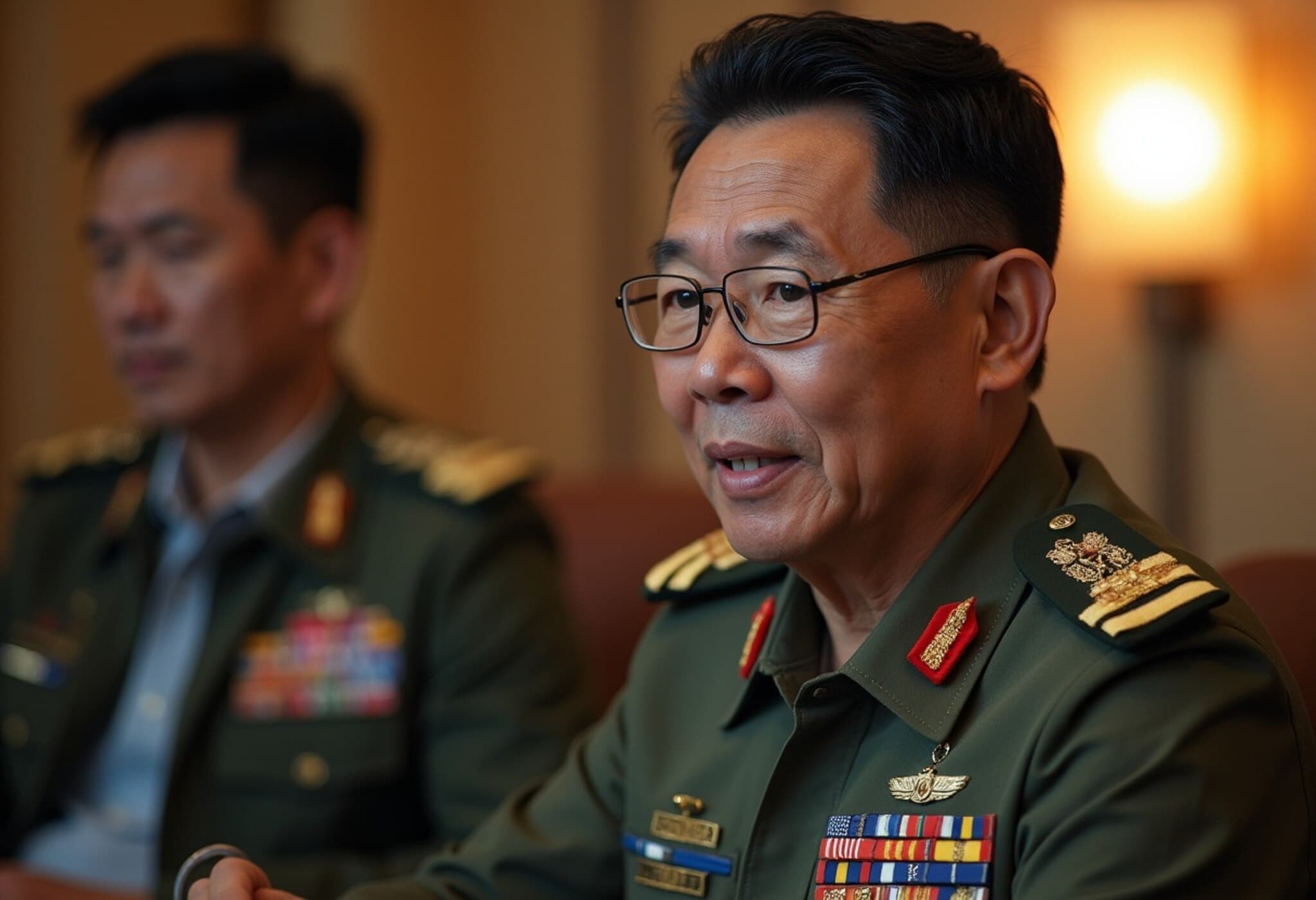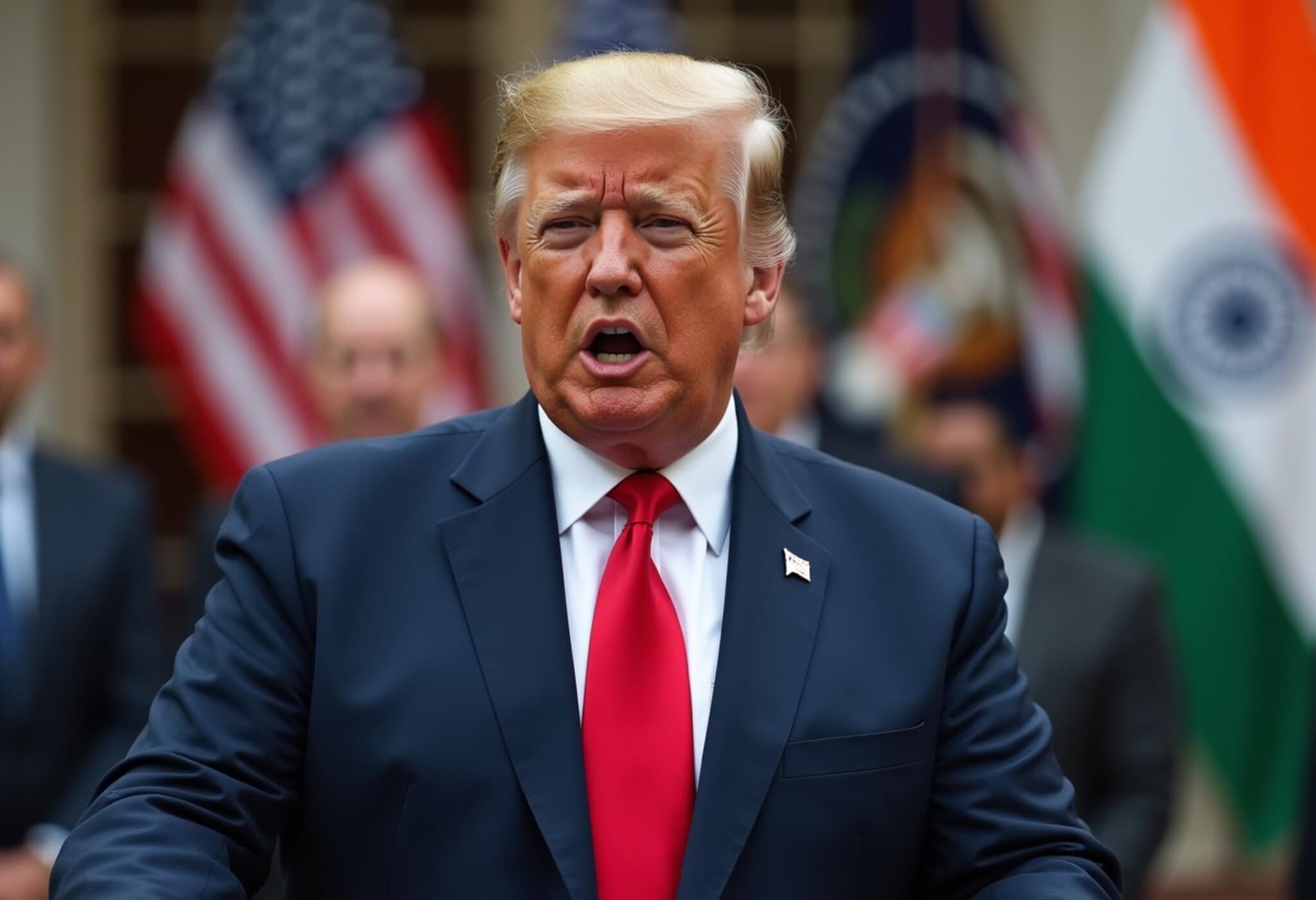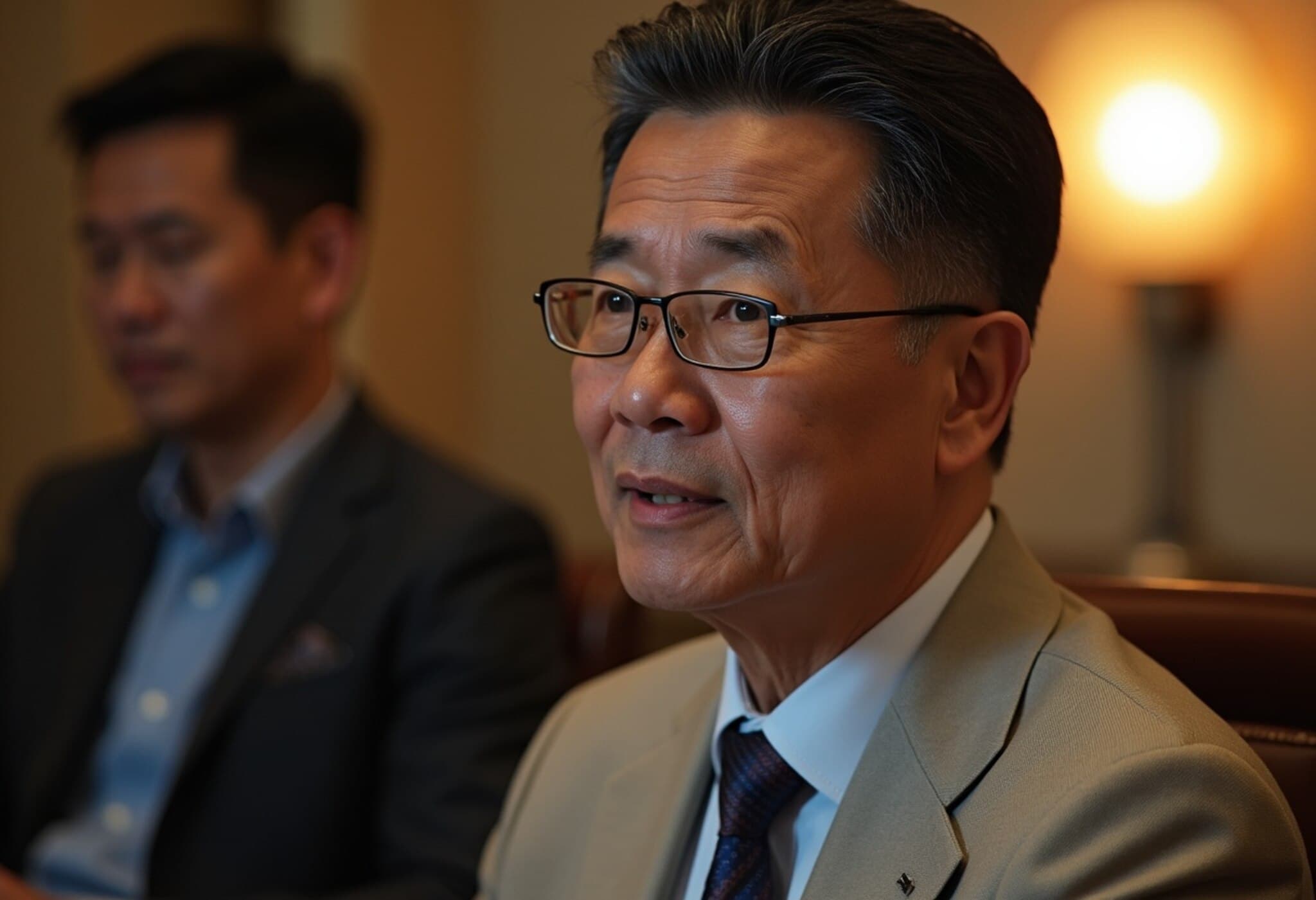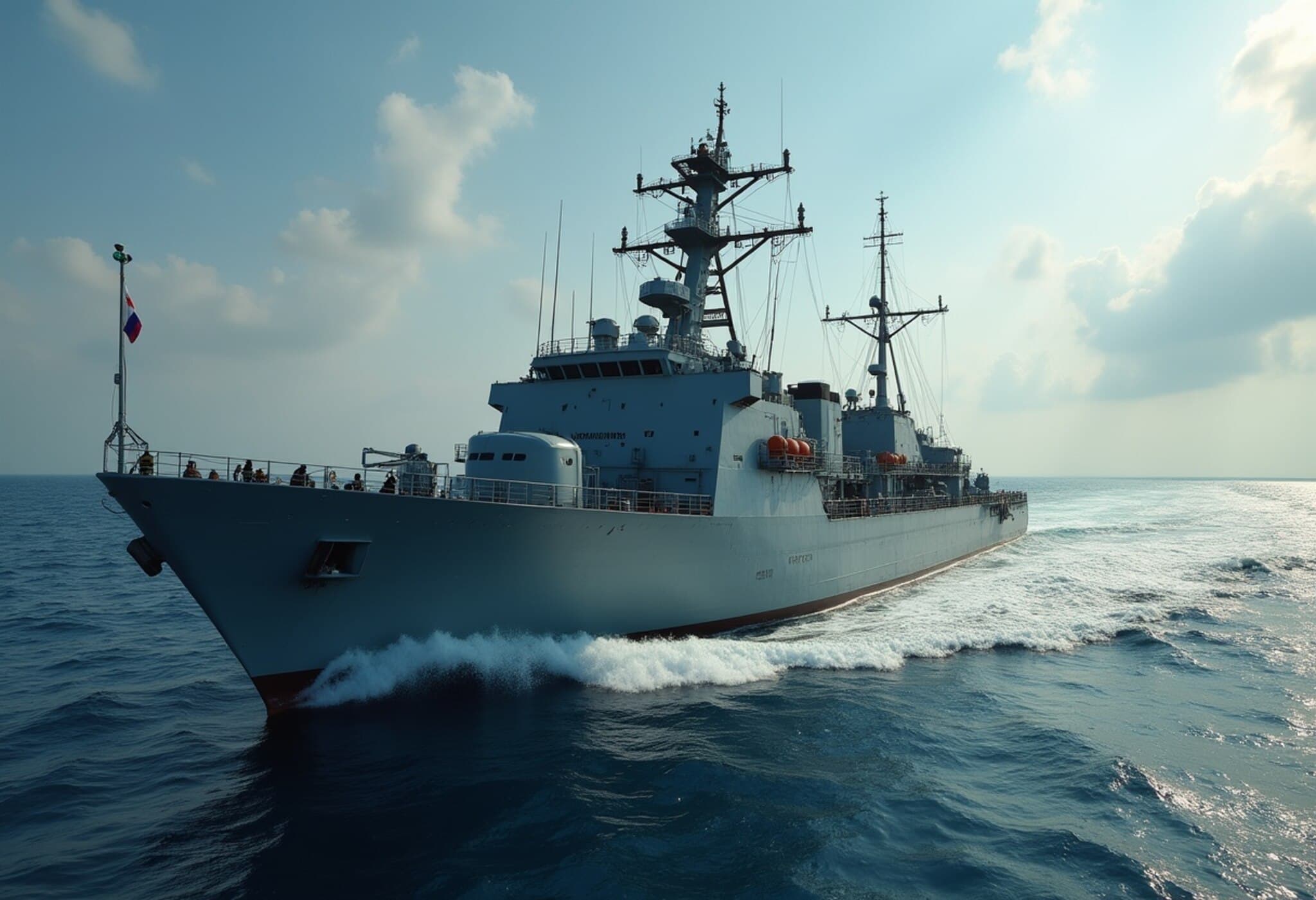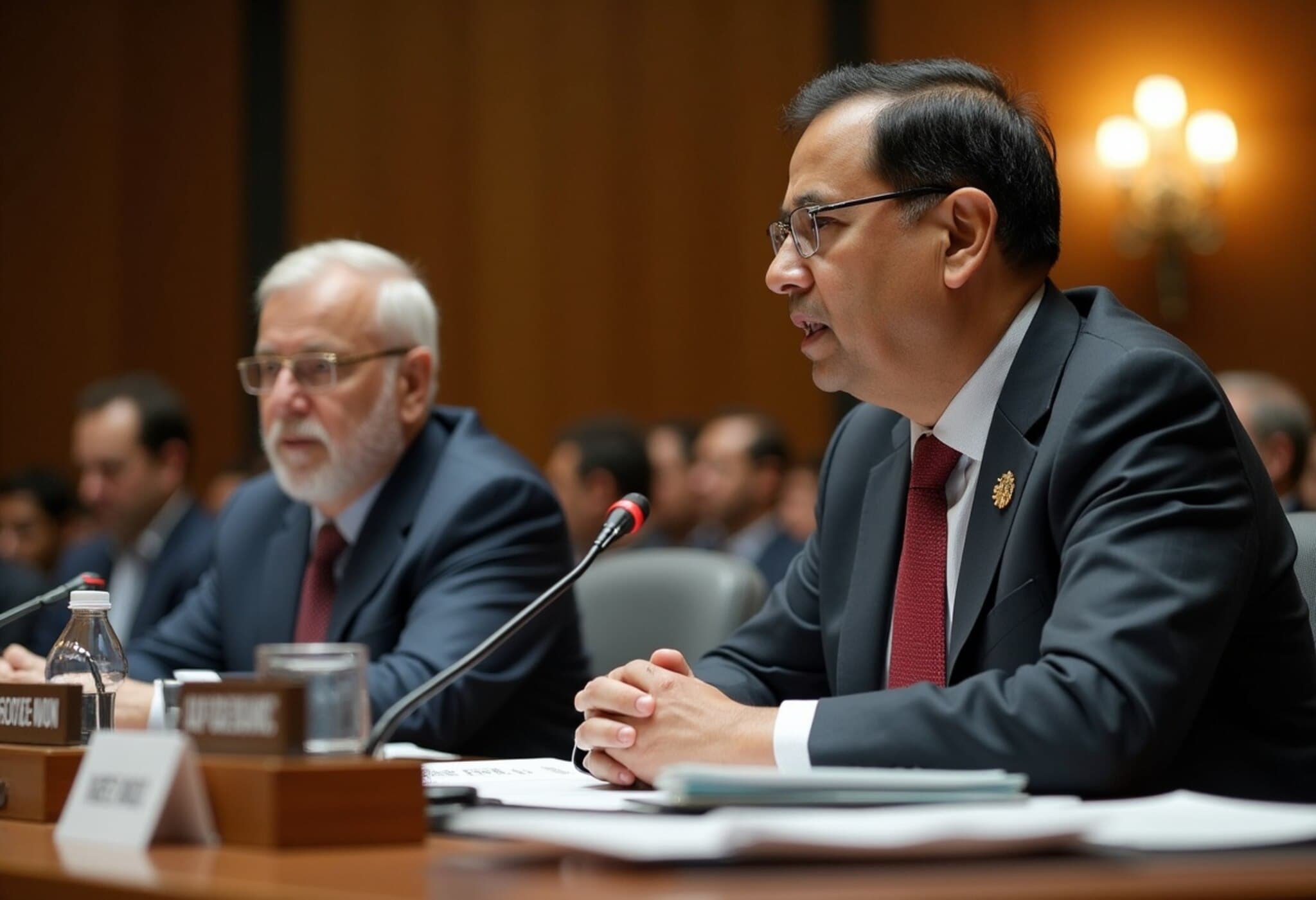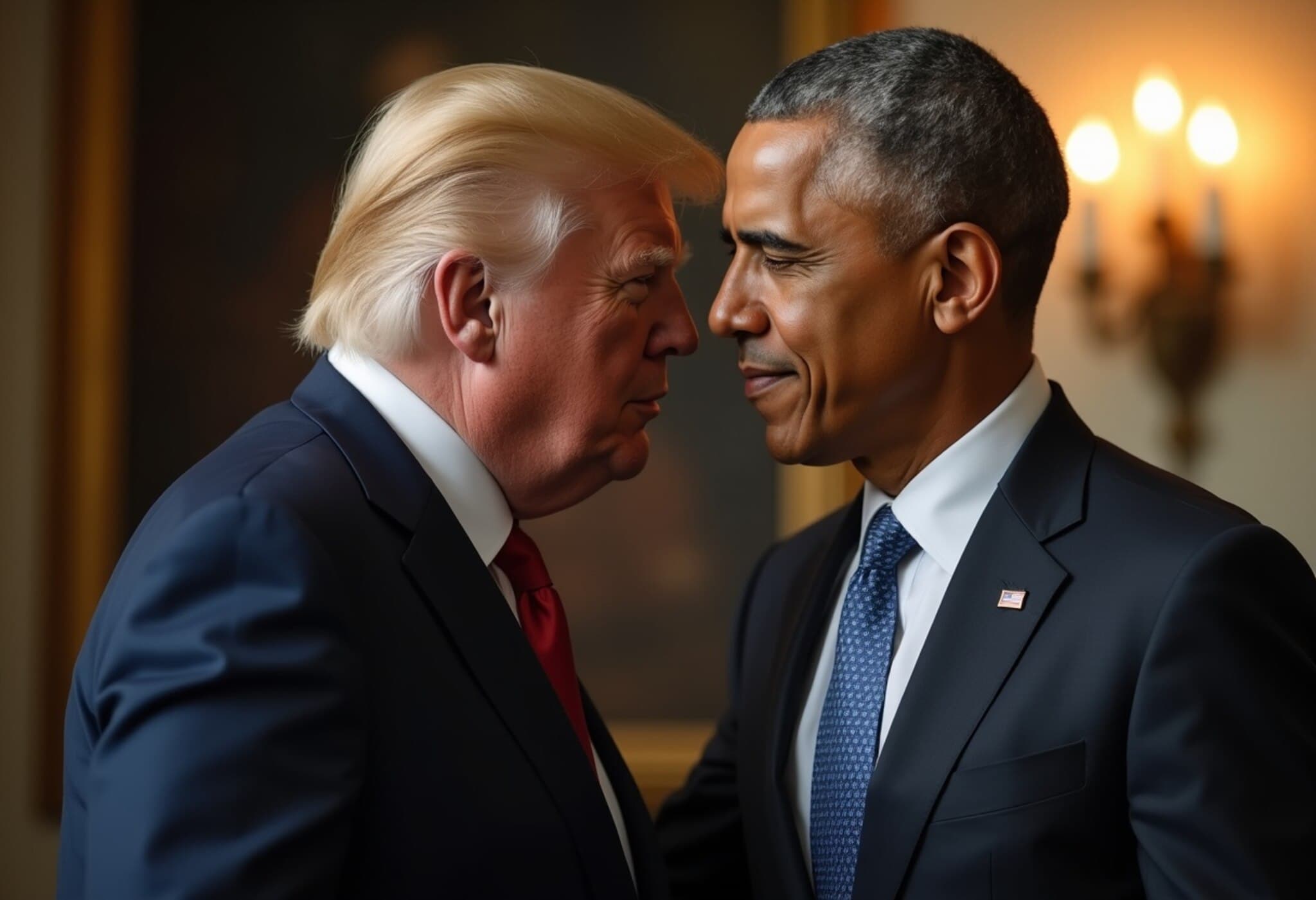Trump and Marcos Jr. Seal Landmark Trade Agreement
On July 22, 2025, U.S. President Donald Trump and Philippine President Ferdinand Marcos Jr. finalized a pivotal trade deal during a high-profile meeting at the White House. This new agreement marks a significant chapter in the evolving economic relationship between the United States and the Philippines, focusing on tariff restructuring and deeper military collaboration.
Details of the Trade Agreement
President Trump announced the agreement on his social media platform Truth Social, highlighting that the Philippines will grant zero tariffs on American imports into the country. Conversely, Philippine exports to the United States will face a 19% tariff levy under the new arrangement.
"President Ferdinand Marcos, of the Philippines, is just leaving the White House... We concluded our Trade Deal, whereby The Philippines is going OPEN MARKET with the United States, and ZERO Tariffs," Trump stated, emphasizing the potential for enhanced market integration.
Military Ties Strengthened Amid Economic Talks
Beyond economic dimensions, the leaders addressed military cooperation. Trump praised Marcos Jr. as a "very good and tough negotiator," underscoring intent for deeper collaboration on security initiatives. This development is particularly noteworthy given the strategic importance of the Philippines in U.S. Indo-Pacific policy.
Context: Balancing Relations with China
During the Oval Office discussions, both President Trump and President Marcos Jr. acknowledged the Philippines' complex position navigating its historic alliance with the United States while maintaining vital ties with China. Experts suggest this dual track reflects the Filipino leadership’s effort to maximize economic and security benefits without alienating Beijing, a key trade partner.
Expert Analysis: What This Means for U.S.-Philippine Relations
From a policy perspective, the unilateral tariff reduction by the Philippines on U.S. imports can be seen as a strategic move to deepen economic integration with the world’s largest economy. However, the imposition of a 19% tariff on Philippine exports raises questions about the net benefits for Philippine exporters and how this might impact trade balance and consumer prices.
Economic analysts point out that while zero tariffs on American goods will lower the cost of U.S. products in the Philippines, potentially benefiting Filipino consumers, Philippine exporters may face challenges in the U.S. market due to the higher levies. This asymmetry in tariff structures is unusual in bilateral trade agreements and could prompt future negotiations.
Moreover, the increased military cooperation signals a reinforcement of U.S. strategic interests in Southeast Asia amid growing regional tensions. This facet of the deal reassures U.S. policymakers about maintaining influence in a geopolitically sensitive zone, while also providing Marcos Jr. with security assurances amidst domestic and regional pressures.
Regional and Global Implications
- For the Philippines: The deal promises greater access to American goods and enhanced security ties but requires careful economic recalibration to mitigate tariff burdens on exports.
- For the United States: This agreement strengthens a vital alliance in the Indo-Pacific, advancing economic and military interests in a region where China’s rising influence looms large.
- For China and Regional Dynamics: The Philippines’ balancing act between the U.S. and China exemplifies the delicate diplomacy Southeast Asian nations pursue amid superpower rivalry, a trend expected to intensify in the coming years.
Looking Ahead: Critical Questions
As the deal rolls out, several questions remain pertinent for policymakers and analysts alike:
- How will Philippine exporters adjust to the 19% tariff barrier in the U.S. market, and will this affect their competitiveness?
- Will the zero-tariff access for U.S. goods lead to increased American investment or market dominance in key sectors within the Philippines?
- How sustainable is the military cooperation in the long term, especially given shifting political landscapes in both countries?
- What are the potential ripple effects of this trade-military pact on ASEAN regional cohesion and relations with China?
Editor’s Note
This new trade deal between the United States and the Philippines illuminates the complex interplay of economics and geopolitics shaping modern alliances. While it promises to open American goods to the Philippine market without tariffs, the imposed 19% tariff on Philippine exports raises nuanced challenges that merit close scrutiny. The elevated military partnership further underscores how security concerns intertwine with trade diplomacy in a region increasingly contested by major powers. As this partnership unfolds, keeping an eye on its real-world economic impacts and strategic outcomes will be crucial for stakeholders on both sides of the Pacific.


